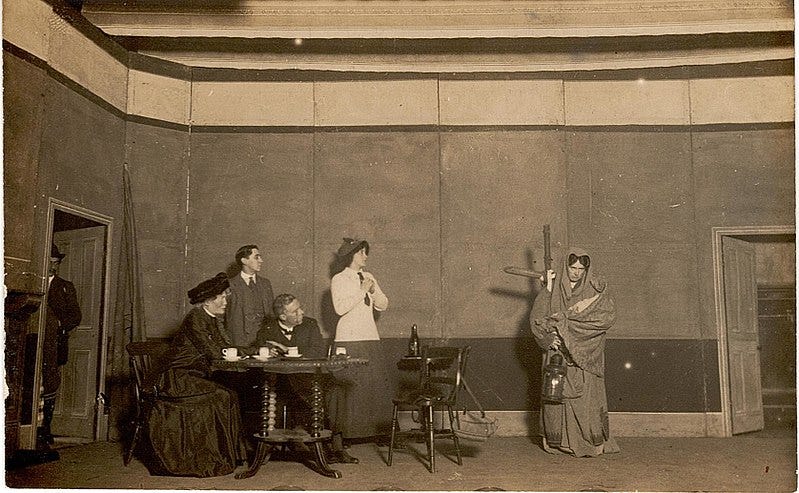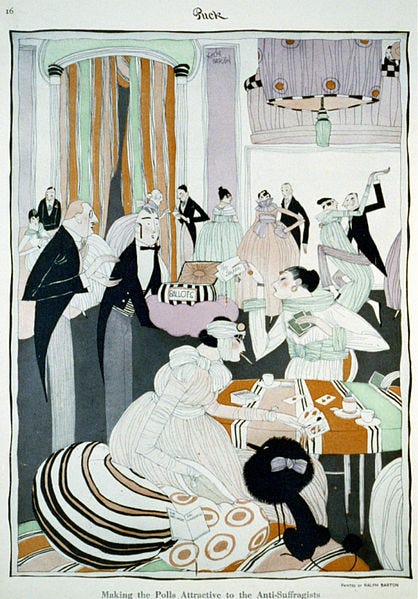It isn’t easy being the daughter or son of a famous person. Especially if that famous person had an unconventional private life in the days when the sins of the fathers (or in this case mothers) were visited upon the children.
Ellen Terry’s offspring Edith and Edward Gordon’s father was William Godwin, to whom Ellen was not married as she was still technically married to George Frederick Watts (see my previous post). Edith and Gordon took the surname of their father until Ellen split from him, and when she was married for the second time – to actor Charles Wardell – they took his name until that relationship fell apart; at which point, probably weary of having to change their name yet again and in order to avoid the stigma of illegitimacy, they adopted the name of Craig.
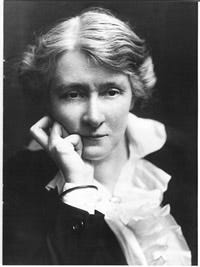
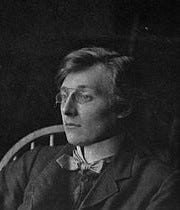
Both Edith and Gordon made their careers in the theatre and both were by all account remarkable and unusual people. Edy – as she was known – began her working life as an actress and costume designer, sometimes with her mother and Henry Irving at the Lyceum, before she switched to directing, stage managing, designing scenery and costumes and directing the music. In 1911 she formed her own theatre company called the Pioneer Players. She was a true Renaissance Woman.
The Pioneer Players were not unlike the Stage Society – where Harley Granville Barker cut his teeth – producing Sunday-night performances of new, experimental and banned plays, especially plays espousing the cause of women’s suffrage. In the words of Bernard Shaw, “by a singleness of artistic direction, and unflagging activity [the Pioneer Players] did more for the theatrical vanguard than any of the other coterie theatres”.1
By the beginning of the twentieth century the suffrage movement, which under the leadership of Millicent Fawcett had been campaigning peacefully for votes for women for fifty years to no avail, upped its game under the direction of Emmeline Pankhurst and her daughters to include civil disobedience in the form of noisy protest, disruption of meetings and the occasional breaking of windows. In 1909 a group of actresses founded the Actress’s Franchise League to further the suffrage cause, and Edy became a member of the committee.
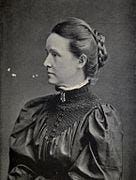
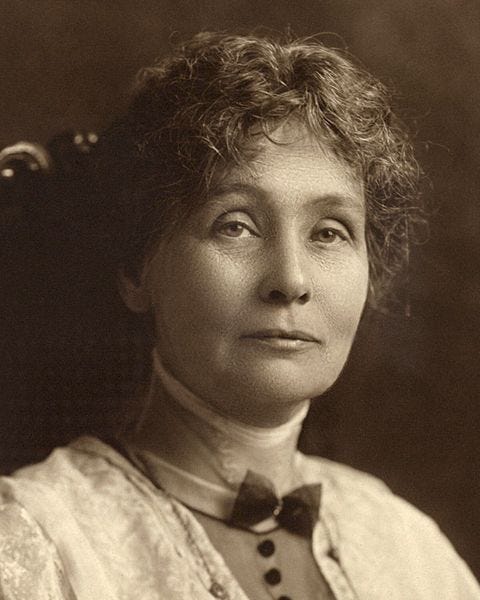
Cicely Hamilton had written a play called How the Vote Was Won with Edy’s friend Christopher St John (born Christabel Marshall), and Edy asked Ms Hamilton to write a play called The Pageant of Great Women, which by depicting a procession of great women throughout the ages ridiculed the idea that women were not worthy of the right to vote.
Both these plays became hugely popular, especially the Pageant, which began its life at the Scala Theatre in London in 1909, starring Edy’s mother Ellen Terry, and was produced all over the country subsequently.2
These suffrage plays – written mostly but not entirely by women and featuring mostly but not entirely women – were obvious propaganda, what we’d call ‘political theatre’ now. But that didn’t mean they were dull or strident or pompous. One of the first was Votes for Women, written by Elizabeth Robins and produced as matinees the Court Theatre in 1907 under the direction of Harley Granville Barker. It was a deliberately didactic piece that was described by the critics as ‘political diatribe’ with ‘no relation whatever to drama’, written on behalf of the ‘shrieking sisterhood’.3 Yet it was so popular GB transferred it to the evening slot and its sell-out run only ended because GB’s lease on the Court was up.
The general message of the suffrage plays was that women were every bit as clever if not more so than men, and by lampooning the anti-suffrage point of view they made their case through wit and satire. How the Vote Was Won takes place in the humble dwelling of an anti-suffrage clerk called Horace on the day the suffragettes have called all women out on a one-day strike because the powers that be have decreed they do not need the vote as they are totally dependent on men. So one by one Horace’s relatives, some so distant he’s never met them, arrive at his door with their luggage declaring they are moving in. In the end in desperation Horace races off to the House of Commons to demand immediate ‘Votes for Women’.4
Edy was truly a true one-off, professionally and personally. Her approach to theatre was unlike anyone else’s. The actress Sybil Thorndike spoke of ‘the stinging, biting, adventurous probing into ideas; the casting out-worn things away and making new – yet all built on a sure foundation which tradition and knowledge alone can give.’ According to the actor Ernest Milton ‘She avoided the worn-out formulae, the too consciously over-drilled effect of expertness, and gave to her productions an element of surprise achieved by a guarded nonchalance, an air of improvisation which was indeed more cunning and deliberate than the enchanted audience had any reason to suspect.’5
When it came to costume and set design Edy had the unique knack of turning a piece of nondescript material into an elegant gown, or creating an entire set out of pieces of old boxes; in fact she preferred to work that way. She eschewed the carefully and expensively purpose-made in favour of improvisation. She was also adept at borrowing costumes and properties from whatever theatre company was playing at the time. According to the actor Ernest Milton ‘Effects obtained by her Pioneer Players . . . indulgently smiled at at the time as highbrow and freakish, have since been used with impressive and remunerative results in the non-experimental theatre.’6
Yet she never ‘made it’ as she should have, according to her friends and colleagues. Christopher St John, with whom Edy lived, claimed that when Edy’s name was suggested to take over at the Old Vic Lilian Baylis would have none of it: “We don’t want another woman here,” she allegedly said. “And anyhow we don’t want Edy. She would upset the staff.”7 That may or may not have been true, but from what I’ve learned of Edy Craig she would not have been a natural fit in the commercial theatre. She was a true pioneering fringe director, used to running her own company her own way. She did not suffer fools, she had a short temper and was scrupulously and sometimes tactlessly honest. She could also be very funny and the people who worked with her were fiercely loyal.
Throughout theatre history there have been pioneers on the fringes, who changed the nature of theatre but never became either totally accepted by the mainstream or particularly well known.8 Among them, according to the actor Allan Wade, was William Poel, who ‘struggled for years to establish his principles of Elizabeth production . . . growing more eccentric as time went on, honoured only when he was too old to do any more work.’ And Edy’s brother Gordon, who was forced to relocate to the Continent ‘where his mastery was recognised and from whence England had to receive his ideas at second or third hand’; and of course Harley Granville Barker, who ‘revolutionised the production of Shakespeare at the Savoy and St James’s; finally, when nobody would offer him the theatre his work demanded, giving up the struggle, living abroad, lecturing to French and American universities and making his Shakespeare productions within the covers of a book instead of on the boards of a theatre. How many years did we not fall behind by our neglect of those men [and women] while they were in the plenitude of their powers?’9
The commercial theatre, like most commercial enterprises, tends to follow rather than lead. The West End is not exactly known for its radical offerings (except, nowadays, where a fringe production has proved successful and has transferred). Edy Craig produced 150 plays with her Pioneer Players in ten years. How she obtained the funds I’ve no idea, but she was nothing if not resourceful. She spent her last years after her mother died producing plays in the barn attached to her house in Smallhythe, Kent, where she lived in a menage a trois with her friends the writer Christopher St John and the artist Clare Atwood, known as Tony. Such was Edy’s reputation among the acting community she had no difficulty persuading people of the calibre of Dame May Whitty and Dame Sybil Thorndike to travel from London to Kent for one performance.
Coming next: Suffragette theatre - Leagues and disruptions
Sources
Edy: Reminiscences of Edith Craig, ed Eleanor Adlard
According to Edy’s friend Chris St John, cited in Edy: Recollections of Edith Craig.
It had a cast of forty or fifty, of whom only three actually spoke.
The Manchester Courier and Lancashire General Advertiser, Wednesday 10 April 1907 and The Referee, Sunday 14 April 1907.
This play, and Elizabeth Robins’ Votes for Women, features in my novel The Humbling of Meredith Martin
Edy: Recollections of Edith Craig
Ibid
Ibid
Non-typical (ie better-known) examples of this were Joan Littlewood, whose radical ideas flourished at the Theatre Royal Stratford East, and Peter Brook, who spent most of his working life in Paris.
Edy: Recollections of Edith Craig




